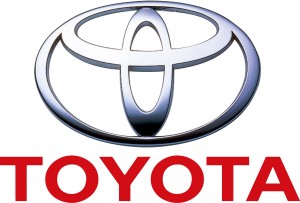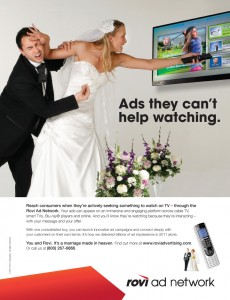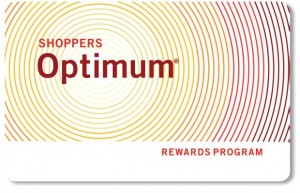 This is my second group-working project here at Sauder. The team is as diverse as I expected. Three of us are local, Briana, Adrian and Ali, and the rest three are international, Zoey, Katherine and me. Each one of us has different cultural backgrounds and personalities, and this diversity brought us a variety of ideas, especially during the brainstorming stage of every assignment. Working with people with different strengths and a diverse span of knowledge made everything much easier: there was always at least one of us had some knowledge to deal with the problem we encountered.
This is my second group-working project here at Sauder. The team is as diverse as I expected. Three of us are local, Briana, Adrian and Ali, and the rest three are international, Zoey, Katherine and me. Each one of us has different cultural backgrounds and personalities, and this diversity brought us a variety of ideas, especially during the brainstorming stage of every assignment. Working with people with different strengths and a diverse span of knowledge made everything much easier: there was always at least one of us had some knowledge to deal with the problem we encountered.
However, the project was quiet challenging and we had a “do-over” in the middle of the project. The entire thing was fine at first. But the further we extend on the project, the more problem exposed. We failed to finish the project with our original segment: the segment was not specific enough for us to develop the marketing mix. We spent an entire week discussing about the new segment and settled on Toyota’s pick-up trucks. Although the final assignment turn out to be quiet good, I think we should have picked a segment that we are more familiar to so that we will be able to dig into this segment a bit deeper.
Overall, I truly enjoyed this team experience and it was really nice to make friends with all of my team members. Nevertheless, I wish we have spent more time and efforts on the first stage of the project. In that way, we would have a solid start and a deeper understanding of Toyota, which would enable us to avoid the “do-over”.








